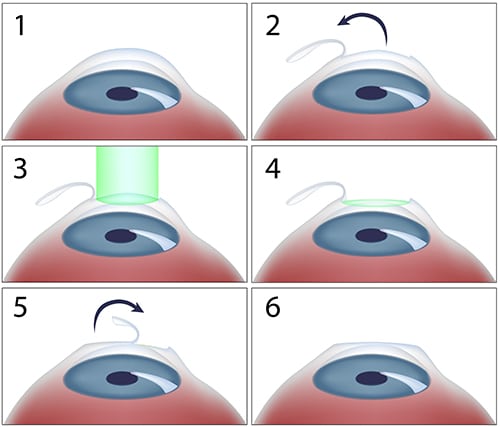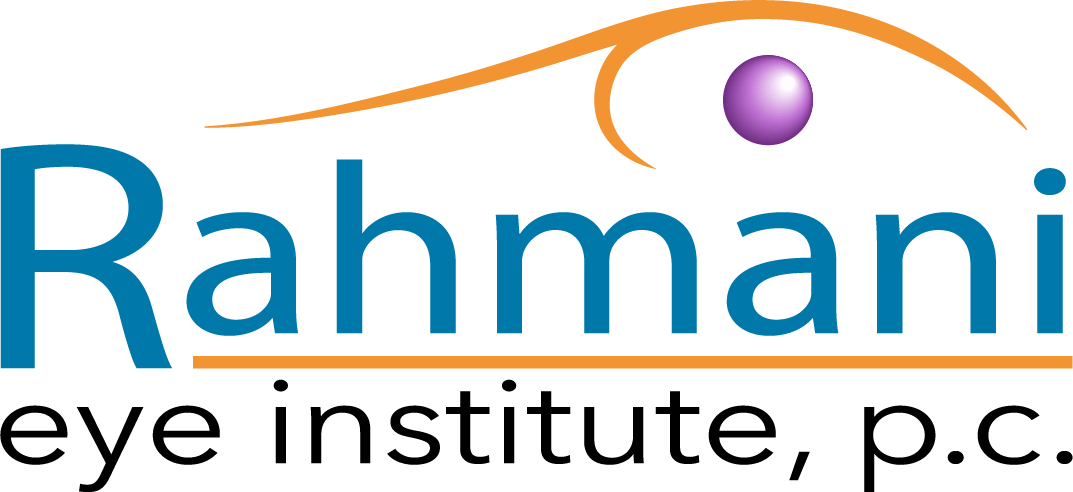LASIK
Laser Vision Correction


LASIK is an acronym for Laser in-situ Keratomileusis and is commonly referred to as Laser Eye Surgery or Laser Vision Correction. It is a type of refractive surgery for the correction of myopia, hyperopia, and astigmatism. LASIK is a Laser Eye Surgery that can improve your vision and overall quality of life.
A key factor in the LASIK outcome is not only the surgeon but also the technology. Dr. Rahmani at the Rahmani Eye Institute uses only state-of-the-art technology. He performs his procedures using the Visx Star S4 along with the iFS Advanced IntraLase laser, INTRALASIK. Each piece of equipment uses the latest technology available in laser vision correction.
Traditional Cataract Surgery vs. Laser Cataract Surgery


Traditional cataract surgery is one of the most routinely performed surgeries, and is generally safe and effective when performed by a skilled surgeon.
In this type of surgery, the cataract is accessed through incisions in the cornea that are made with a handheld blade. Then a specialized surgical instrument is used to manually create a circular opening in the lens capsule that holds the cataract. The goal is to make the corneal incisions and the opening in the lens capsule as precise as possible, in the right location, and sized to fit the replacement lens.
With the Laser Cataract Surgery technique, the surgeon devises a precise surgical plan based on a sophisticated 3-D image of the eye. The goal is to create an incision at a specific location, depth and length in all planes. With the help of the 3-D image and a femtosecond laser, this becomes possible.
This precision is important not only for accuracy, but also to increase the likelihood that the incision will be self-sealing at the end of the procedure, which reduces the risk of infection. Recent results also show that Laser Cataract Surgery is up to ten times more precise than manual techniques for some portions of the cataract surgical procedure.
